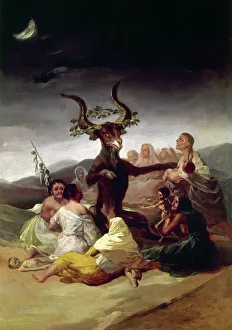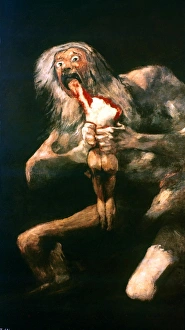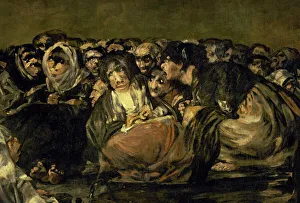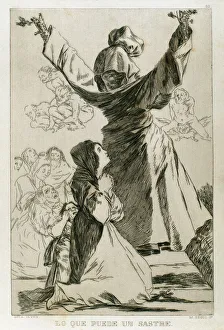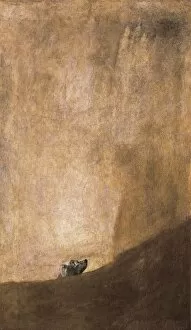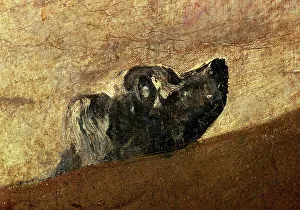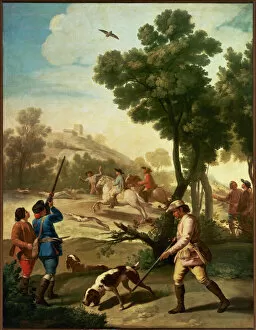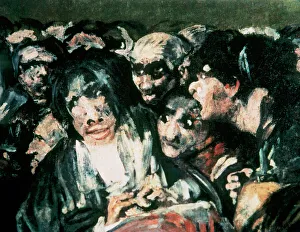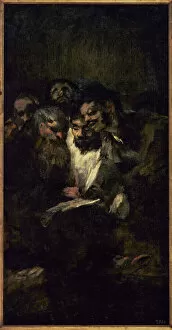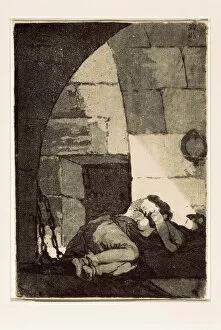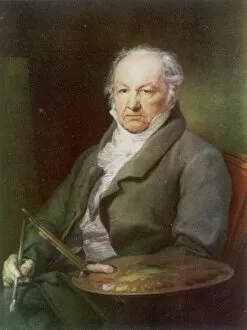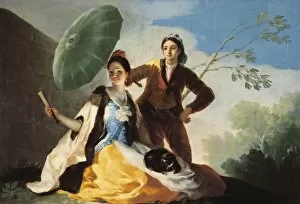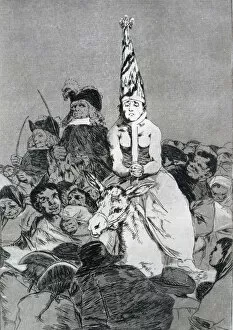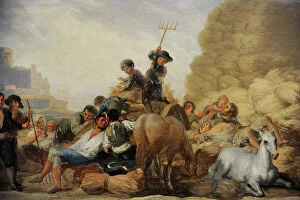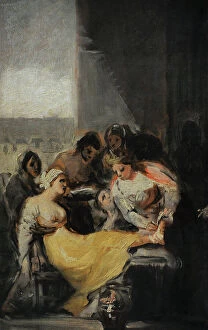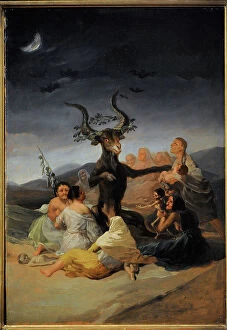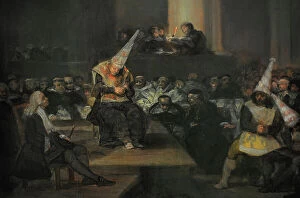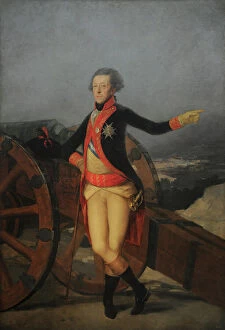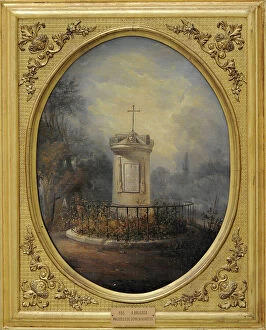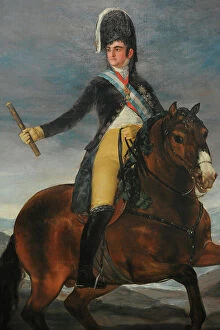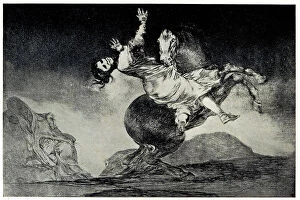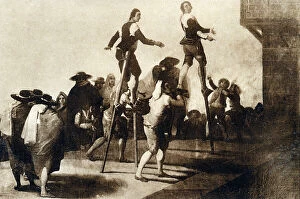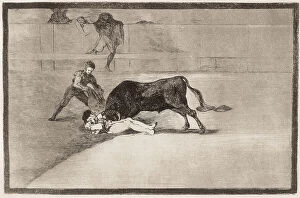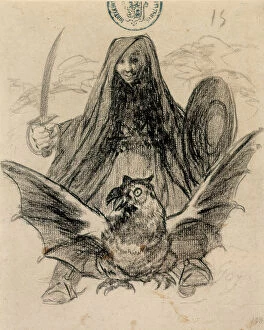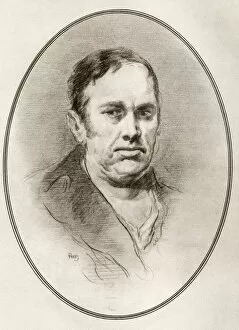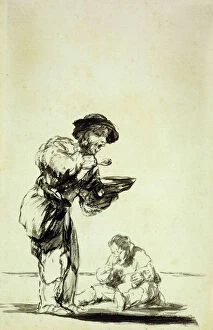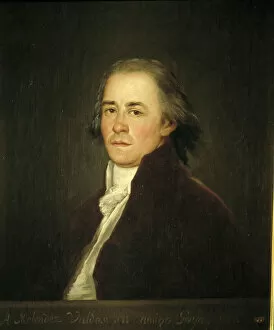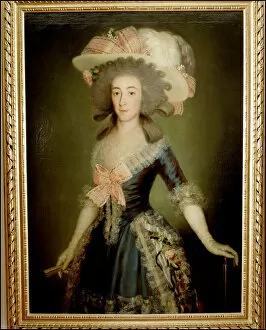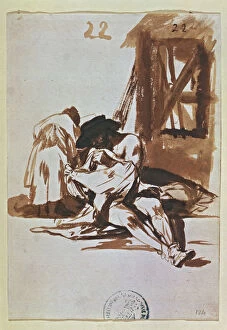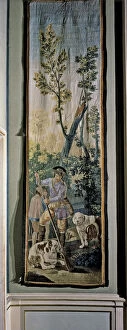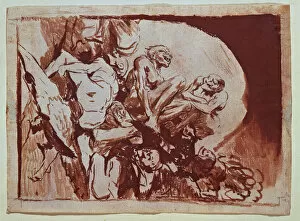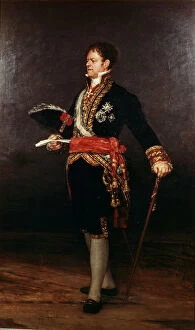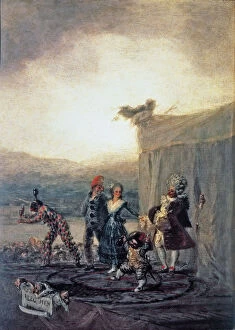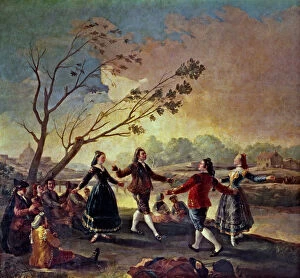Lucientes Collection
Lucientes, a name that resonates with the artistic genius of Francisco de Goya
All Professionally Made to Order for Quick Shipping
Lucientes, a name that resonates with the artistic genius of Francisco de Goya. Known for his captivating and often haunting works, Goya's artistry transcends time and leaves an indelible mark on the world of art. One cannot mention Lucientes without delving into the depths of Goya's masterpieces. From his chilling depiction of Saturn devouring his son to the eerie scene of The Witches Sabbath, Goya's paintings evoke a sense of unease and fascination in equal measure. In Los Caprichos, Goya explores the darker side of humanity, shedding light on societal vices and follies. His brushstrokes bring to life The Great He-Goat, a symbol of chaos and debauchery that continues to captivate audiences even today. But beyond these macabre themes lies another facet of Goya's talent - his ability to capture human emotions with profound sensitivity. In Duchesse, he portrays elegance and grace through delicate strokes, while The Drowning Dog depicts despair and helplessness in its rawest form. Glimpses into everyday life can also be found within Lucientes' collection. Reading showcases quiet introspection as a solitary figure immerses themselves in literature. Meanwhile, Hunting Party transports us back to a bygone era where nobility pursued their passion for sport amidst lush landscapes. Yet amidst all this darkness and turmoil emerges Woman in Prison - a testament to resilience and strength despite adversity. It serves as a reminder that even within confinement one can find hope and courage. Goya's legacy lives on through postcards bearing his name - reminders that his art continues to inspire generations long after his passing. His work is not merely confined within gallery walls; it has become part of our collective consciousness. So let us immerse ourselves in the enigmatic world created by Lucientes - an artist who dared to explore both lightness and darkness with equal fervor.

